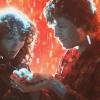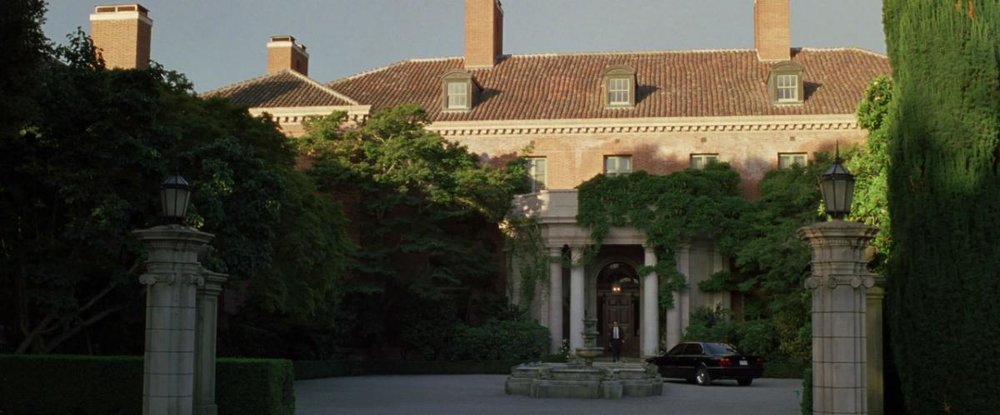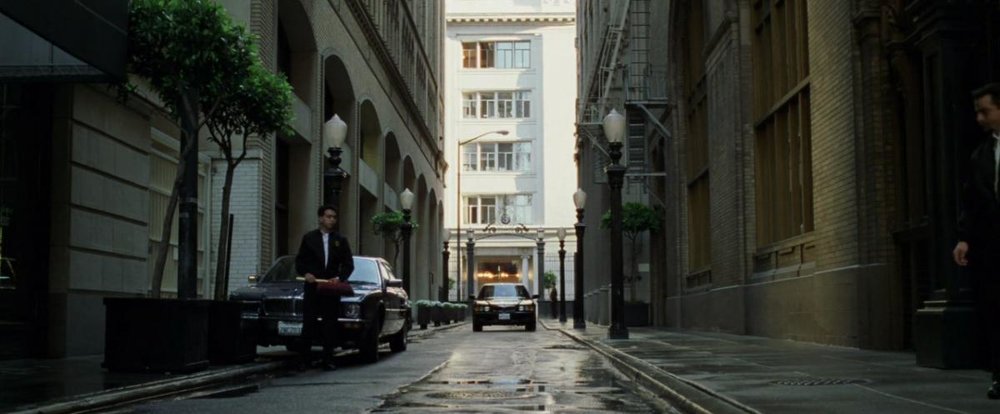Search the Community
Showing results for tags 'Natural Light'.
-
What the title says. I was reading interviews on the behind the scenes of nomadland and the cinematographer, Joshua James Richards said he used natural light most of the time but brought in lights like litemats when needed, which in the context of an expansive freeflowing style such as Richards, how do you make that work? Where would the light come in? How do you make it work with natural light? I know some cinematographers like Fraser or lubezki feel you can't as they've expressed in interviews and that's why within their work they prefer to shape the natural light whenever they can. But another I wonder with using litemats to supplement natural light is because of how bright the sun is, wouldn't you need powerful lights to match that? Litemats are efficient but I wouldn't say they're particularly powerful, how do you make that work?
-
Hello! We just launched the second instalment of our Kin Fables trilogy titled Salvage. Shot on the west coast of Newfoundland on the Red Epic using Zeiss Super Speed lenses. I'd love to hear what this community has to say about the film, on all aspects. Thanks for taking the time to watch! https://vimeo.com/119777338
-
Hi, I have a couple of questions that I'd greatly appreciate any help or advice with regarding shooting with natural light. For an upcoming shoot, one of the scenes written is set on a beach and involves a simple conversation between two characters. The director would like it to be shot in overcast weather - he'd like it to look grey, miserable and "flat", but in an aesthetically pleasing (cinematic?) way. I'm concerned that shooting in overcast weather won't look good, and would love anyones input on how to go about this, or examples of films that have managed it well? The area I am least knowledgable about is in using light modifiers such as flags/bounce boards/etc. Obviously the success of the shoot depends largely on the weather itself - something I can't control! Are there any particular shooting conditions that you would recommend for good results? (ie. is it better to shoot with clear skies and use diffusion/flags etc in a particular way, or shoot in overcast conditions? Using artificial light sources is a possibility but ideally we'd like to stick with natural light only. All the best, Connor
-
I'm planning to shoot an extended fight scene in a hotel room. Not a fancy hotel, think Days Inn. We will be shooting very quickly and I want 360 degrees of camera movement, with no apparent lights in frame. I'd like to shoot the whole scene at one f-stop, being able to move actors in and out of light and shadow as need be. Maybe f4, so focus isn't a huge pain. I'm shooting on a GH3. These are the two options I came up with… 1) swap practical lamp bulbs for 100W or 200W bulbs. or... 2) put a 1K on the balcony and light room through slats in blinds. swap practical bulbs for 25w bulbs. Will option #1 cause the lamps to blow out, or can I arrange them so that there are pools of light serving as both key and fill? I am a newbie and need your help, so please impart your sage advice. My goal is to keep the lighting as simple as possible. Thanks so much!
- 17 replies
-
- natural light
- practicals
-
(and 1 more)
Tagged with:
-
Hi guys, I was wondering if anyone has any tricks to reduce the difference in color temperature when shooting with natural light on a clear day. On sunny days I often like to shoot in the shade rather than direct sunlight, and often the "key" will be the blue sky, unless the sun bounces off a building etc. I always desaturate the blues/cyans a lot in post, but sometimes it's still not the desired look. I found shooting at 6500wb helps a little. Do you know of any other techniques to reduce the 'blueness' of the light in camera/on set? I like how both the areas in sunlight and shade look fairly neutral in these shots from The Game. Clearly the blues are desaturated by the look of the sky in the first picture.
- 3 replies
-
- color temperature
- natural light
-
(and 3 more)
Tagged with:
-
**Camera Test I shot this all with Natural light. I had the camera for the weekend and so I was alone in this shoot and with my limited time I wasn't able to really control the natural light like I would want to. Nevertheless it was a good shoot, I wanted to push the camera to the very dark and bright places. **Concept Idea I want to make a kind of poetic visual and lyrical film. Think, Terrence Malick. This is a proof of concept. Please leave comments with Ideas, thoughts, questions. I shot this handheld without a rig. Some shots are pretty shaky, I'm sorry. Thank you for your time. Color Corrected, no CG RED-Scarlet Zeiss 50mm (All night time shots, house INT) Tokina 11-16mm Canon 70-200mm
- 7 replies
-
- natural light
- cinematography
-
(and 5 more)
Tagged with:





